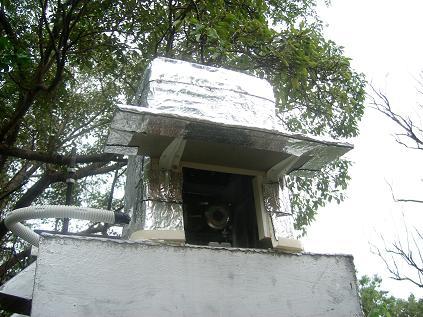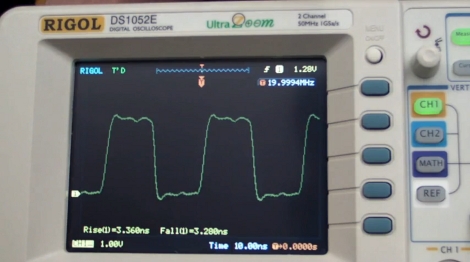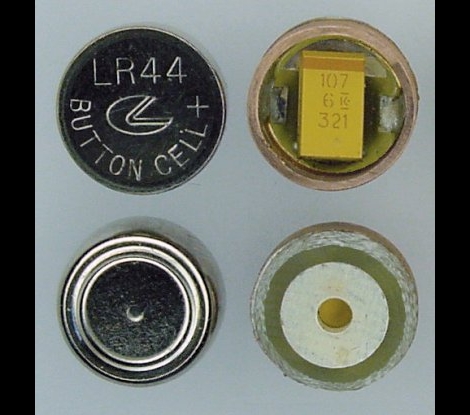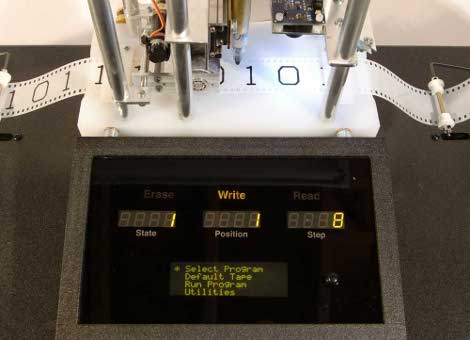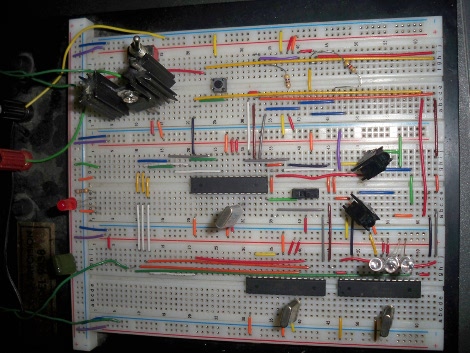[youtube=http://www.youtube.com/watch?v=pyWIJFLbJZ0]
[Owen] got down and dirty by adding a touchscreen to his TI-84 graphing calculator. The dirty part is the z80 assembly code he wrote to use the linkport as a UART (assembly always makes us feel queasy). Once that was working he implemented some commands using an Arduino and then hooked up an Nintendo DS touch screen. Now he’s got this proof of concept video where he draws on the screen, that input is interpreted by the Arduino, commands are sent through the UART, and the calculator program draws on the screen. Adding a touch screen to something is a lot more impressive when you have to go to these lengths to get it working. Nice job!

